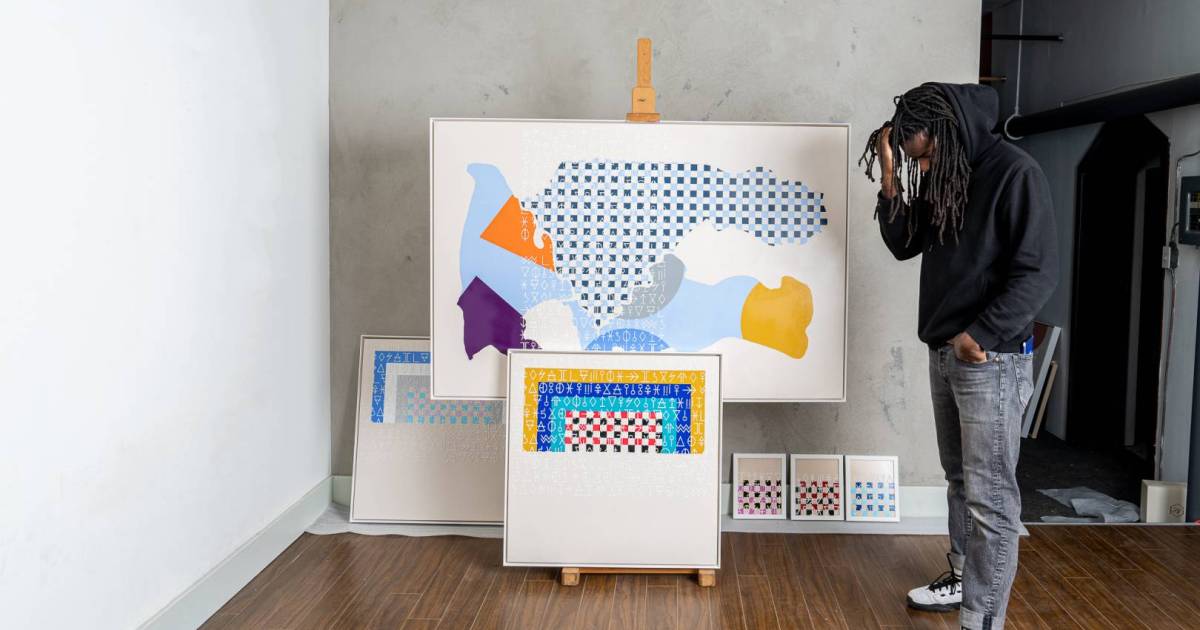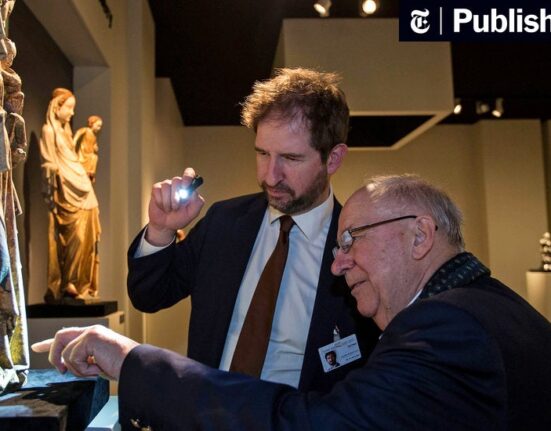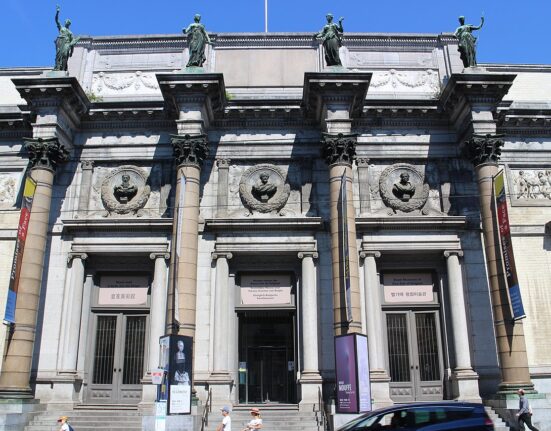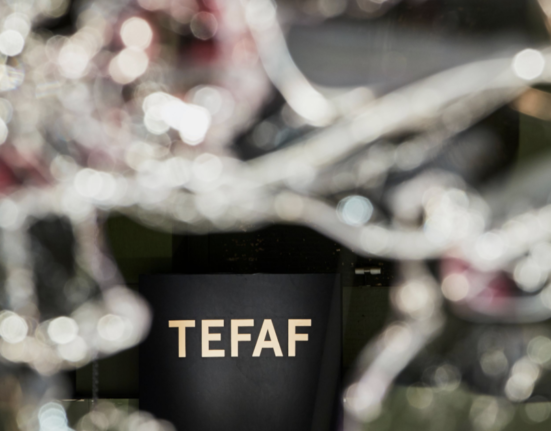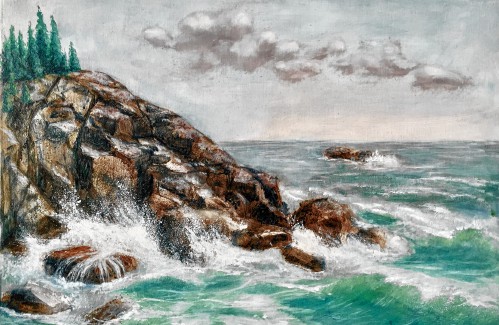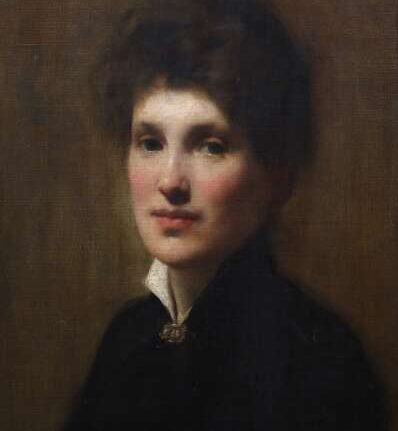It sounds like something out of a movie, but in this case it’s true: a chance encounter changed the course of Ghislain Brown-Kossi’s life.
Picture this: he’s in his hometown of Paris, and he’s engrossed in conversation with a friend, a photographer, on the street. Maybe they have croissants (they probably don’t). Maybe they talk with their hands (they probably do). Their topics are wide-ranging—books, politics, art. Up walks a random man who neither of them knows. He has overheard their conversation, and he wants to join in. The three of them stand on the street and talk for nearly an hour.
“It was literally just a random guy,” Brown-Kossi recalls, smiling, on a video call.
Part of the discussion veered into Brown-Kossi’s interest in symbols, and African history, and pattern, so the man suggested he visit Librairie Tamery Sematawy: a local library specializing in African culture. He went, and it was there that he found inspiration for what became his calling card: an art practise he describes as “archaeological pop art.”
“It was very good for me,” he says of the library, “because it allowed me to learn the things you never learn in school.”
He was, at the time, beginning to explore his voice through visual art. He knew he wanted to work with symbols as a universally coded language, but he also knew he needed more information to make sure he was communicating and representing responsibly.
“I didn’t want to work with something I didn’t know: the meanings, where they came from,” explains Brown-Kossi, who is now based in Vancouver and operates out of a studio on Granville Island. “Two books from that library gave me all the answers.”
What has resulted since then is a body of work that combines extensive research, historical symbolism, and colourful silhouette exploration, all in the name of communal gathering and understanding. Taken in from afar, his pieces are mesmerizing and soothing in their symmetrical patterns of symbols, which are laid on top of arrestingly bold colours and shapes. But up close, the work tells a different story: each symbol has a meaning, and each one is placed with intention.
Many of the symbols he uses can be found on prehistoric rocks, and many can be traced back to African languages that predate even Latin. Before starting a new series, Brown-Kossi will often spend six months researching the symbols and not only their meanings, but also their origins. It means his work is richly layered and complex, at once familiar and foreign—allowing it to be related to by many, regardless of religion or race or nationality. At the end of the day, we all come from ancestors who communicated through these types of symbols.
“I’ve met so many different people in my life,” Brown-Kossi says. “And I think my goal is to put that in my art: to bring people together. To unite people.”
With a background in fashion at major luxury houses including Celine, Brown-Kossi also brings an element of aesthetic design to his pieces. It’s evident in his colour blocking, and in his focus on form and structure. Still, his lack of traditional fine-art training has at times given him impostor syndrome.
“I’m from the fashion industry and became an artist so I’ve never been to school for this,” says Brown-Kossi, who is currently participating in an artist residency at France’s La Napoule Art Foundation. “Somtimes I’m like, ‘Is this is my place or this is not my place?’”
But perhaps it’s that outsider perspective that makes his work so enthralling, and so special. It keeps his practise honest, and earnest, and fragile in the most beautiful way.
And while those of us with nowhere to legally work except Canada might look at Brown-Kossi’s European passport and wonder why he’s set up shop in the Great White North instead of in one of the art world’s major cities like Venice or Berlin or his hometown of Paris, the artist says Vancouver has been his proverbial (and literal) breath of fresh air.
“I was overwhelmed by the city—I was forgetting myself,” he says of Paris. “When I came to Vancouver, the nature helped me to find myself and have peace with myself.”
Undoubtedly, the city’s glad he’s here.

